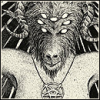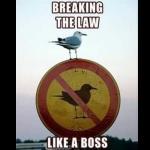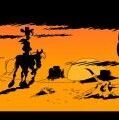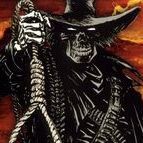-
Similar Content
-
- 2 comments
- 990 views
-
- 0 comments
- 677 views
-
- 4 comments
- 3.013 views
-
Η Ubisoft ανακοίνωσε νέο Settlers, αλλά και την επανακυκλοφορία των παλιών παιχνιδιών της σειράς
By yanni,
- 0 comments
- 3.427 views
-
Διαθέσιμο το νέο Age of Empires: Definitive Edition για υπολογιστές με Windows 10 1 2
By yanni,
- age of empires
- definitive edition
- (και 4 επιπλέον)
- 19 comments
- 4.370 views
-







Recommended Posts
Create an account or sign in to comment
You need to be a member in order to leave a comment
Create an account
Sign up for a new account in our community. It's easy!
Register a new accountSign in
Already have an account? Sign in here.
Sign In Now